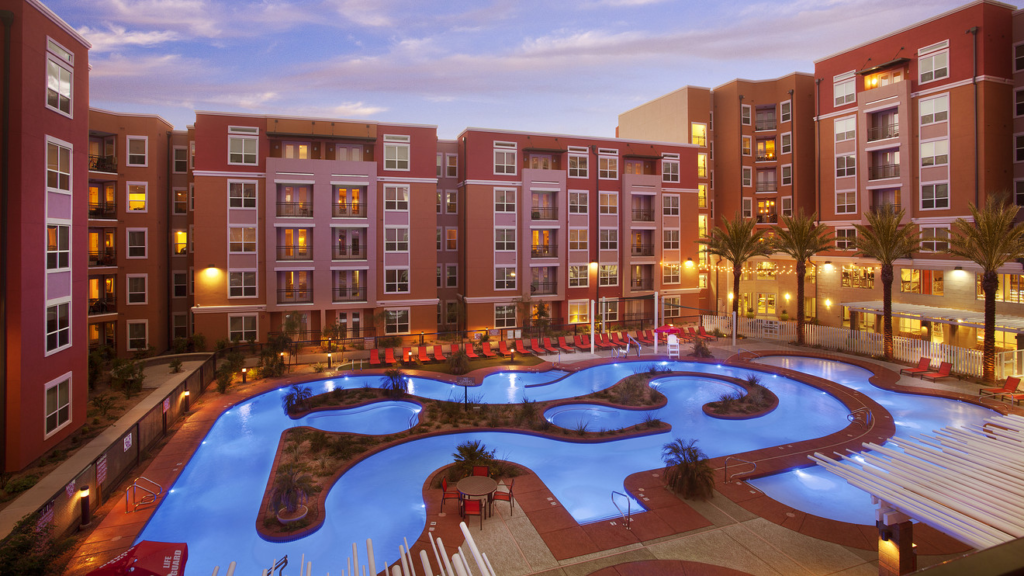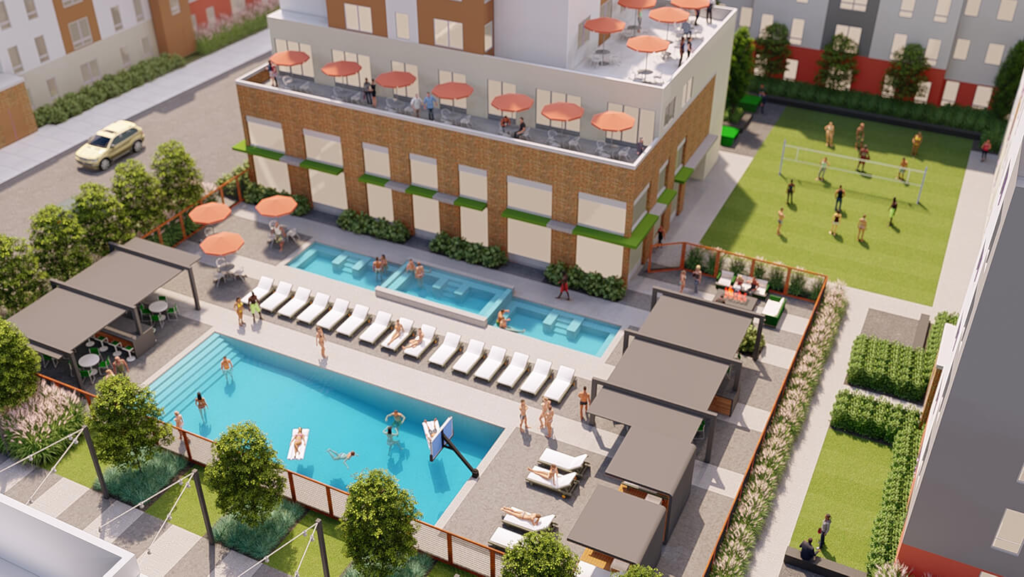The landscape of student housing is evolving rapidly, reflecting broader changes in higher education and student expectations. Traditional dormitories, once the standard for student living, are now being complemented by a variety of modern housing options. These trends are driven by shifts in student preferences, advancements in building design, and a growing emphasis on comfort and lifestyle. Understanding these trends can help prospective students and universities navigate the evolving housing market and find the best fit for their needs.

**1. *From Traditional Dorms to Contemporary Apartments*
Traditional dormitories, characterized by communal living spaces and shared amenities, have long been the cornerstone of student housing. These residences often include basic furnishings and shared bathrooms, designed to accommodate large numbers of students in a cost-effective manner. While dorms foster a strong sense of community and provide an affordable housing option, they may lack the privacy and modern conveniences that today’s students desire.
In response to changing expectations, universities are increasingly offering contemporary apartment-style housing. These modern accommodations feature private or semi-private bedrooms, en-suite bathrooms, and fully equipped kitchens. Designed to provide a more comfortable and independent living experience, these apartments cater to students who value privacy and a homelike atmosphere. The shift towards apartment-style housing reflects a broader trend towards providing more personalized and upscale living environments.
**2. *Luxury Student Housing: Amenities and Comfort*
The rise of luxury student housing is a notable trend in the student accommodation market. These upscale residences offer a range of high-end amenities, such as fitness centers, swimming pools, rooftop lounges, and game rooms. Some luxury student apartments even include concierge services, study pods, and private events spaces. The emphasis on comfort and convenience aims to attract students who are willing to invest in a premium living experience.
Luxury student housing often caters to upper-class students and those with higher budgets, providing an enhanced living experience that extends beyond basic needs. These properties are typically located in desirable areas close to campus, making them attractive to students seeking both luxury and convenience. The rise of luxury housing also reflects a broader trend towards integrating student living with lifestyle amenities.
**3. *Sustainable and Eco-Friendly Housing*
Sustainability is becoming a key consideration in the design and construction of student housing. Universities and developers are increasingly focusing on eco-friendly building practices and green certifications. Sustainable student housing features energy-efficient appliances, water-saving fixtures, and environmentally friendly building materials. Some modern residences even incorporate green roofs, solar panels, and rainwater harvesting systems.

Eco-friendly housing aligns with the growing awareness of environmental issues among students and institutions. By promoting sustainable living practices, these residences not only reduce the environmental footprint but also educate students about the importance of environmental stewardship. The emphasis on sustainability reflects a broader commitment to creating responsible and forward-thinking living environments.
**4. *Community-Focused and Co-Living Spaces*
Another emerging trend is the rise of community-focused and co-living spaces. These housing models are designed to foster a strong sense of community and collaboration among residents. Co-living spaces often feature shared common areas, communal kitchens, and organized social activities. The goal is to create a supportive and engaged living environment where students can connect with others and build meaningful relationships.
Community-focused housing also includes themed residences or living-learning communities that bring together students with shared interests or academic goals. These specialized housing options provide tailored experiences that enhance academic and personal development. By creating spaces where students can interact and collaborate, universities promote a sense of belonging and engagement.
**5. *The Impact of Technology on Student Housing*
Technology is playing a significant role in shaping modern student housing. Smart home features, such as keyless entry, climate control, and high-speed internet, are increasingly common in new housing developments. These technological advancements enhance convenience and security, providing students with a more connected and efficient living experience.
Technology also supports innovative housing management and maintenance solutions. Online platforms and apps allow students to manage lease agreements, request maintenance, and communicate with housing staff more efficiently. The integration of technology in student housing reflects the broader trend of digitalization in everyday life.
Conclusion
The trends in student housing are shifting from traditional dormitories to modern apartments, luxury residences, sustainable living options, and community-focused spaces. These changes reflect evolving student preferences and a growing emphasis on comfort, lifestyle, and environmental responsibility. As universities and developers adapt to these trends, they create living environments that enhance the student experience and align with contemporary expectations. Understanding these trends can help students make informed decisions about their housing options and find accommodations that best suit their needs and preferences.



